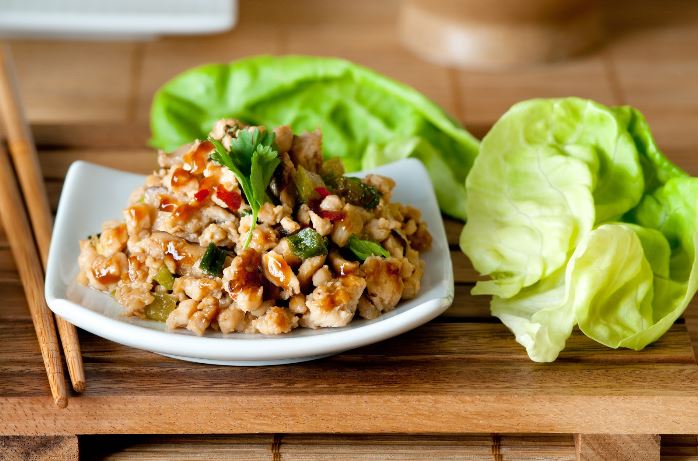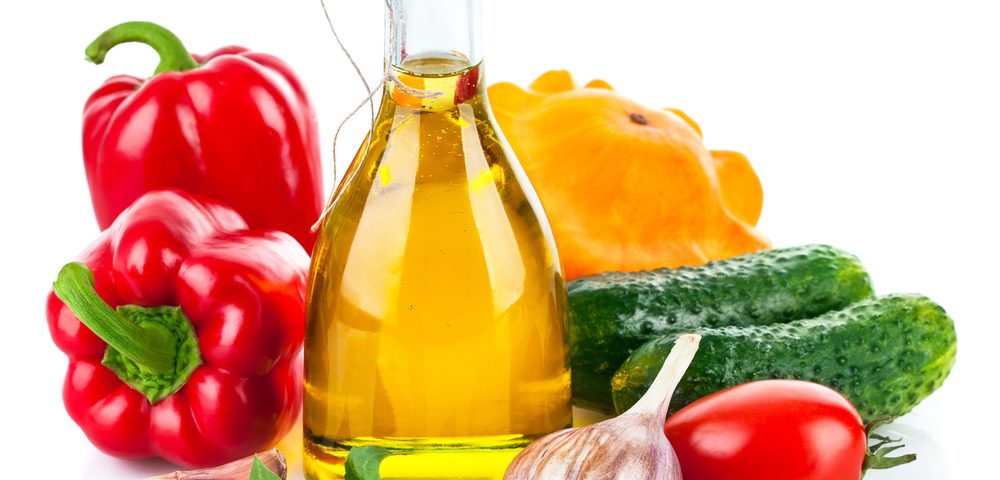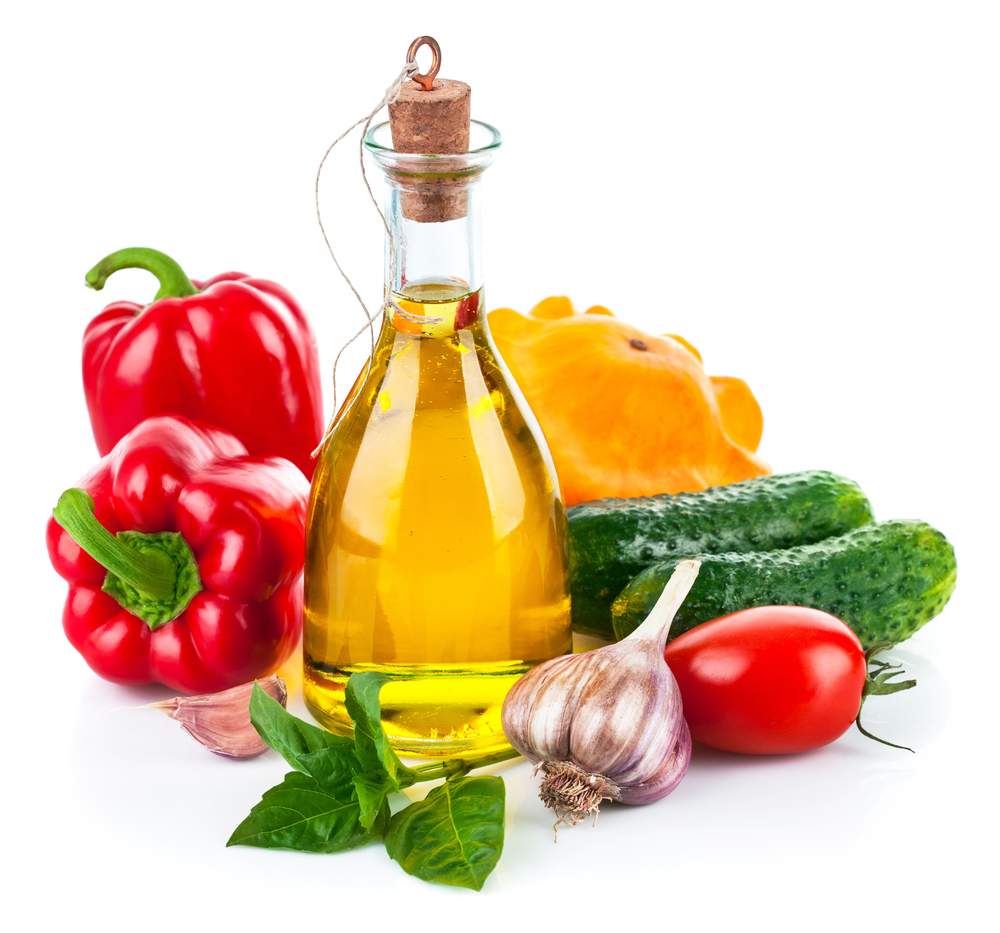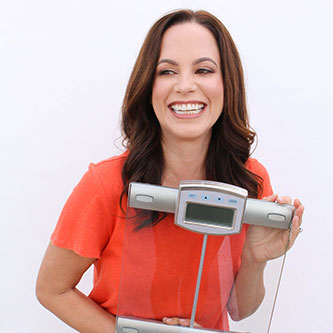I have some fascinating medical news to share with you! A new study has looked at different types of fats and their effects on your health. The study’s title is, “Time to rethink your vegetable oil? Leaner bodies, less heart disease and diabetes risk found in people with higher levels of linoleic acid.” Participants were on low-fat diets and given small amounts of different cooking oils to see how they benefited from them.
- Have any questions?
- 480-767-9018
- support@in-goodhealth.com

What are the Signs of Adrenal Gland Problems?
August 15, 2023
Turkey Lettuce Wraps
August 20, 2023
What are the Signs of Adrenal Gland Problems?
August 15, 2023
Turkey Lettuce Wraps
August 20, 2023Home > Weight Loss > Rethinking Vegetable Oil
Rethinking Vegetable Oil


What are fats?
Fats are hydrocarbons. They’re chains of carbon atoms. Some chains have a double bond. These are the unsaturated fats. Monounsaturated fats have one double bond. Polyunsaturated fats have multiple double bonds. The carbon chains that don’t have a double bond are saturated fats.
Chains of carbon atoms have an alpha and an omega (a beginning and an end). The type of fat is determined by how many bonds are on the chain and where these bonds are located. For instance, if you look at a carbon chain, count three carbons down from the end, and put the first double bond there, it’s going to be an omega-3 polyunsaturated fatty acid.
Essential and Non-Essential Fats
In the body, we have both essential and non-essential fats. The two essential fats are not manufactured internally by the body. They are consumed through diet. The non-essential fats are fats we produce ourselves, as needed.
The essential fats are linoleic (omega-6) and linolenic (omega-3). The one non-essential fat I’m going to discuss is oleic acid (omega-9).
Oleic acid is a monounsaturated fat. Its double bond is located on the carbon chain at the omega-9 position. There’s been a lot of focus on oleic acid, found in the Mediterranean diet’s oils, olives, avocados, macadamias and similar foods. Although these foods are touted as heart-healthy, this study showed that diets containing more linoleic acid (omega-6) produced greater health outcomes than diets with more oleic acid.
When are fats empty calories?
I think this study provides stronger evidence that fats are important but important in a context. Fats are probably not dangerous within the range of the typical diet, but in terms of focusing your diet, there is one strong rule of thumb: You want to get the nutrients you need without blowing your calorie budget.
We don’t need a lot of empty fat calories.
What do I mean by that?
There are nutrients your body has to have. For instance, if you get too low in vitamin C, you get scurvy. If you’re low in vitamin B-3, you’ll get pellagra. These are both targeted issues. Regarding your diet, you need protein and fiber. You need fuel for the body, but calories become a liability. If you’re taking in four times your body’s caloric needs to get your nutrients, you’re going to have a lot of health problems, managing all those calories. So, the trick is getting all the nutrients you need without a lot of empty calories. Past a certain point, fats become empty calories.
We hear many novel things about fats, like various antioxidants, caprylic acid, coconut, etc., yet we have to consider this: What calorie cost do we spend to acquire these things? Can we make them internally when we need it (with the exception of linoleic and linolenic acids)?
How do we get linoleic and linolenic acids?
Linoleic acid (omega-6) isn’t hard to get. As far as whole foods, I’m a big fan of nuts, seeds and avocados for omega-6 fats. In these cases, you’re getting more nutrients per calorie than you would from their corresponding oils. You’re going to get fiber, minerals and B vitamins; whereas, with the oils, you’re pretty much getting just the fat. So, you always want to maximize your nutrient per calorie ratio.
For your linolenic acid (omega-3), the main source is cold-water fish. There are trace amounts in grass-fed beef, but not a ton. I recommend having seafood several times per week. There is some omega-3 fat your body can gain using flax or hemp, which is alpha-linolenic acid, ALA. (This is a vegetable omega-3 fat which requires a conversion.) Some people can make a good fat, called EPA, but not many can make DHA, which is the other important omega-3 fat. The good news is, they’re all in fish!
Focus on ways to get the essential omega-3 and omega-6 fats. The omega-9 fats (oleic acid) are good to a point, but after that, are empty calories that aren’t serving you well. Studies show the omega-3 and omega-6 are doing a better job in preventing heart disease, maintaining body weight and offsetting insulin resistance.

P.S. Whenever you are ready, here is how I can help you now:
- Schedule a Thyroid Second Opinion with me, Dr. C, Click Here for Details
- Need help to choose supplements? Click ‘Help Me Decide Here'
- Get my top books Here
Dr. Alan Glen Christianson (Dr. C) is a Naturopathic Endocrinologist and the author of The NY Times bestselling Hormone Healing Cookbook, The Metabolism Reset Diet, and The Thyroid Reset Diet.
Dr. C’s gift for figuring out what works has helped hundreds of thousands reverse thyroid disease, heal their adrenals, and lose weight naturally. Learn more about the surprising story that started his quest.






